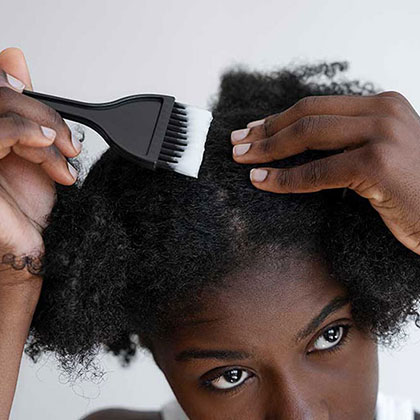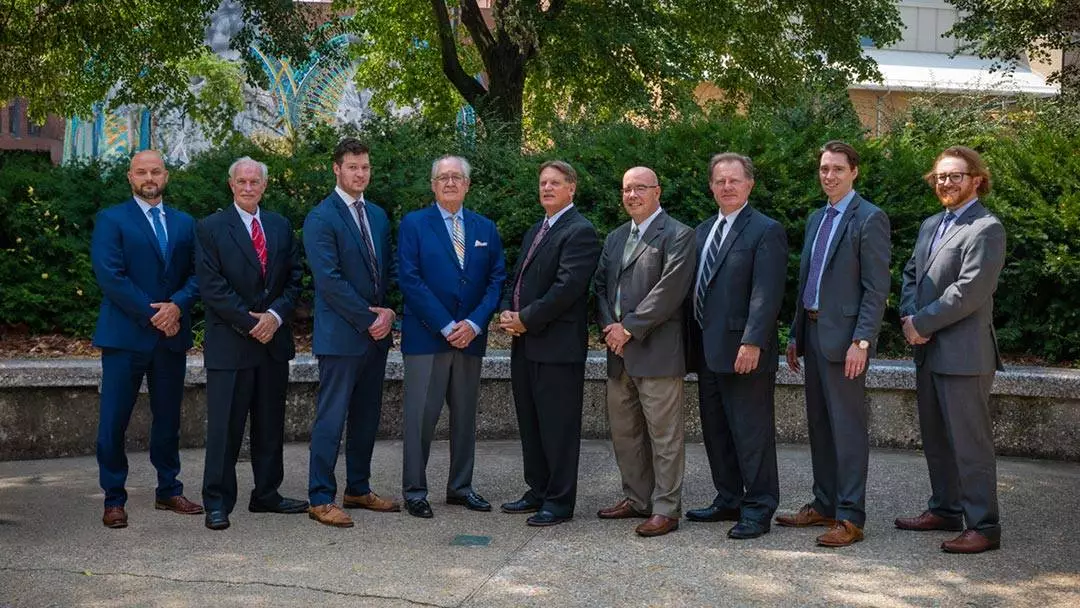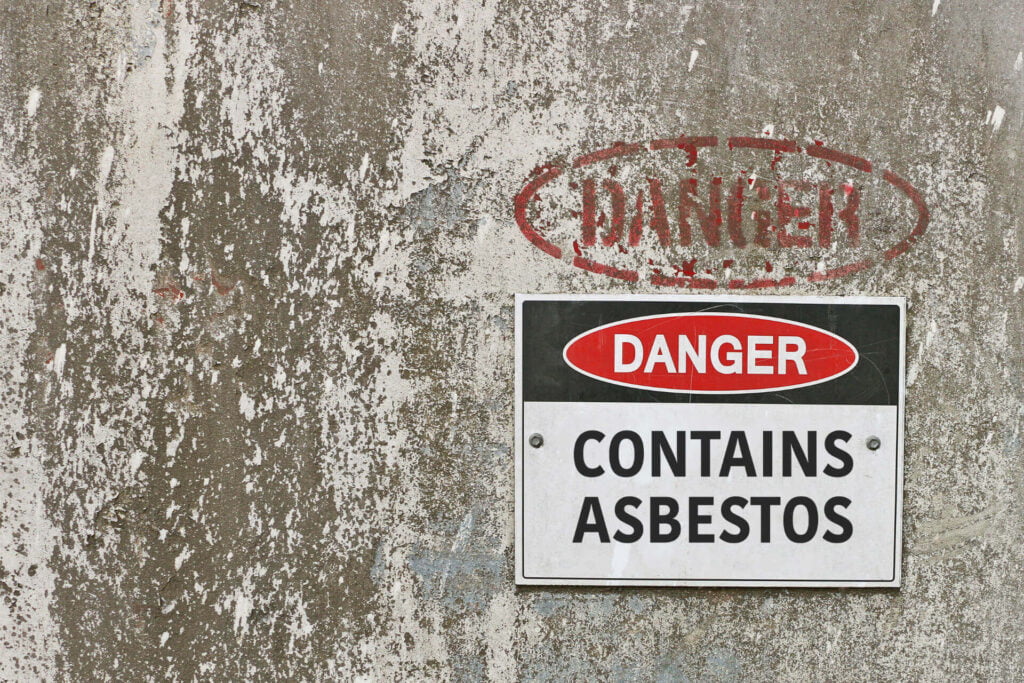
For roughly a year, women with uterine or ovarian cancers have been filing lawsuits against the manufacturers of chemical hair relaxers and hair straighteners. These lawsuits allege that these products are dangerously defective because they disrupt the endocrine systems of users, leading to cancerous tumors.
These lawsuits are still in their very early stages. But those injured by these products may need compensation now. They require expensive cancer treatments such as chemotherapy, radiation therapy, and surgery. Without compensation, these cancer patients risk losing valuable time obtaining necessary medical care.
How Do These Types of Litigations Usually Proceed?
The hair straightener and hair relaxer lawsuits fall under product liability law. These lawsuits start with an allegation that the victim was injured by a product.
Fortunately, manufacturers are strictly liable for injuries caused by the defective products they put into the stream of commerce. This means the victims only need to show that the product was defective when it left the manufacturer’s hands. They do not need to show that the manufacturer knew, or should have known, of the defect.
Before filing a product liability lawsuit, the victim and their lawyer need a reasonable basis for alleging the product was defective. The product defect can take three forms:
- A design defect that makes the product unsafe for all uses
- A manufacturing defect that was introduced during the manufacturing process
- A warning defect that failed to explain the safe uses of the product
The lawsuit begins with a complaint that describes the purpose of the lawsuit. In a product liability case, the lawsuit will explain why the product was defective and describe the harm caused to the injured plaintiff.
Each side will gather evidence from the other party and third parties in a process called discovery. This process often includes taking deposition testimony from the victims. After discovery, pre-trial motions will determine what each party can or cannot introduce into evidence at trial.
At trial, each party presents evidence to the jury. Evidence can include:
- Documents, like e-mails and memoranda
- Eyewitness testimony
- Expert testimony
The jurors weigh the evidence and return a verdict determining who won the lawsuit. If the jury finds in favor of the plaintiff, it will also determine the amount of the damage award.
What Is the Current Status of the Litigation?
Over 60 lawsuits were filed against manufacturers of hair straightening and relaxing products. Some of the manufacturers named in these lawsuits include:
- L’Oréal
- Revlon
- Namaste
- SoftSheen-Carson
- Strength of Nature Global
- TCB Naturals/Godrej Products
These lawsuits were consolidated into a class action lawsuit. To obtain class certification, the injured women needed to show the following:
- Numerosity, meaning there were at least 40 people who qualified to join the class
- Commonality, meaning the lawsuits involved common questions of law and fact
- Typicality, meaning the lawyers can identify class members with “typical” claims
- Adequacy, meaning the members cannot have conflicts of interest, and lawyers must have adequate experience
In the case of chemical hair straighteners and relaxers, there is no suggestion that the products were adulterated during the manufacturing process. Instead, the phthalates that allegedly caused uterine and ovarian cancer in some users were an integral part of the products’ designs.
Thus, these lawsuits allege the products contain a design defect because they contain an inherently dangerous ingredient. They also allege that the manufacturers knew of the dangers of phthalates since at least 2015 and failed to warn people of the risks.
The lawyers for 15 women filed a request in the Northern District of Illinois for class certification based on this common set of facts. Roughly six months later, the judge granted the motion for class certification and defined a process for adding claims to the class action.
What Will Happen Next?
No one knows how long the class action will take after this point. Plaintiffs will continue to join the class, adding their voices to the dozens of women who have already told their stories of the miseries these products have allegedly caused.
And you should know that plaintiffs are not required to join the class. Injured women can choose to pursue separate claims. This option gives plaintiffs control over their lawsuits.
Plaintiffs will probably continue to file lawsuits against the manufacturers of these products. These plaintiffs might even identify new manufacturers and new products with similar outcomes.
A typical lawsuit takes two to three years from filing to trial. But tobacco class actions took four years, and asbestos class actions took nearly a decade. The factors that will influence how long a case will take include:
- Can the lawyers settle the case?
- Do bankruptcy proceedings affect any manufacturer’s ability to pay claims?
- Will the manufacturers appeal if they lose at trial?
When you face a multi-million dollar corporation, you should expect it to use all means at its disposal to delay the lawsuit.
What Can Injury Lawyers Do to Resolve the Case?
Most product liability lawsuits never reach trial. Instead, the plaintiffs entered into a settlement agreement with the manufacturers to dismiss the case in exchange for injury compensation. This allows claimants to obtain compensation quickly.
In many of these cases, the manufacturers and their product liability insurers created a compensation fund. Injured victims could submit a claim that, if approved, resulted in a payout based on the injuries the products caused.
Claims were paid as long as money remained in the compensation fund. Claimants could submit claims even if they were not involved in the original lawsuit.
But this will not necessarily happen in this case. Delaying your claim might cause you to lose your right to injury compensation. Class actions often have a deadline for joining the class. Also, every state has a statute of limitations that determines the deadline for filing a separate lawsuit. If you miss these deadlines, the court might have no choice but to dismiss your lawsuit.
Your health may hang in the balance due to your exposure to hair straighteners and relaxers. Contact Slater & Zurz and speak with our personal injury lawyer for a free consultation to discuss your case and how we can help resolve your injury claim.
Additional Posts About The Hair Relaxer Lawsuit
Hair Relaxer Lawsuit: 2023 Latest News And Updates





